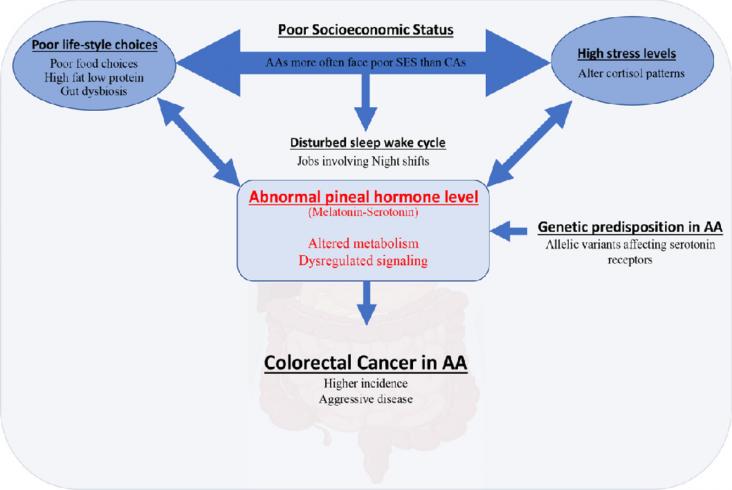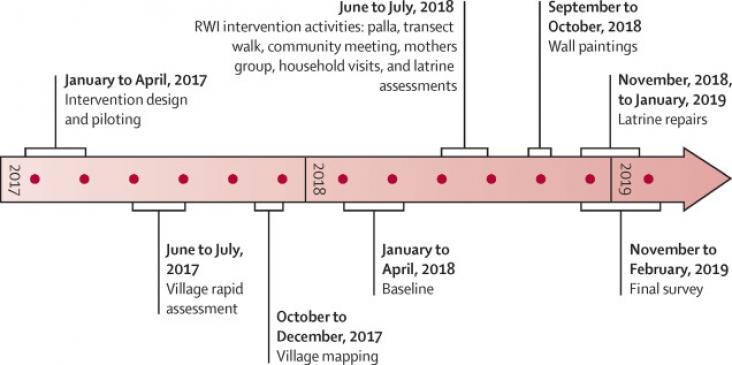The Comment, linked to the above Article on unstable housing, contributes to SDG 3 by calling for a 100-100-100 target: "stably housing 100% of PWID who are unstably housed, providing 100% of PWID access to consistent and adequate harm reduction services, and offering treatment to 100% of PWID who want substance use treatment". Such a target would be in important part of HIV and HCV elimination efforts.

Colorectal cancer (CRC) is the third leading cause of cancer-related deaths in the United States.
Problem: Within maternity care policies and practice, pregnant migrant women are regarded as a vulnerable population.
This paper addresses pharmaceutical detection in groundwater.

This study supports SDGs 3 and 6 by investigating a low-cost behavioural intervention designed to increase latrine use and safe disposal of child faeces in India. The study found the intervention modestly increased latrine use and markedly increased safe disposal of child faeces in the short term, but was unlikely to reduce exposure to pathogens to a level necessary to achieve health gains.
Elsevier,
Theranostics and Precision Medicine for the Management of Hepatocellular Carcinoma, Volume 1 - Biology and Pathophysiology, 2022, Pages 257-285
This chapter aligns with the SDG goal 3 of good health and wellbeing by showing the current view of the pathogenesis of HBV and HCV along with the report on their relation to the genotypes.
Research looking into the disparities between male and female researchers in hematology
Evaluates prognostic factors for sex differences in lung cancer survival.
This study investigates how the sources of carbon emissions affect life expectancy. The study sample includes 68 developing and emerging economies for the period 1990-2017. Disaggregated analysis is performed on: (1) emissions sources; (2) income groups. A negative nexus between life expectancy and CO2 emissions exists for emerging ones. However, CO2 emissions seem to improve the life expectancy for developing countries.
Background: China has the highest prevalence of hepatitis B virus (HBV) infection worldwide.
